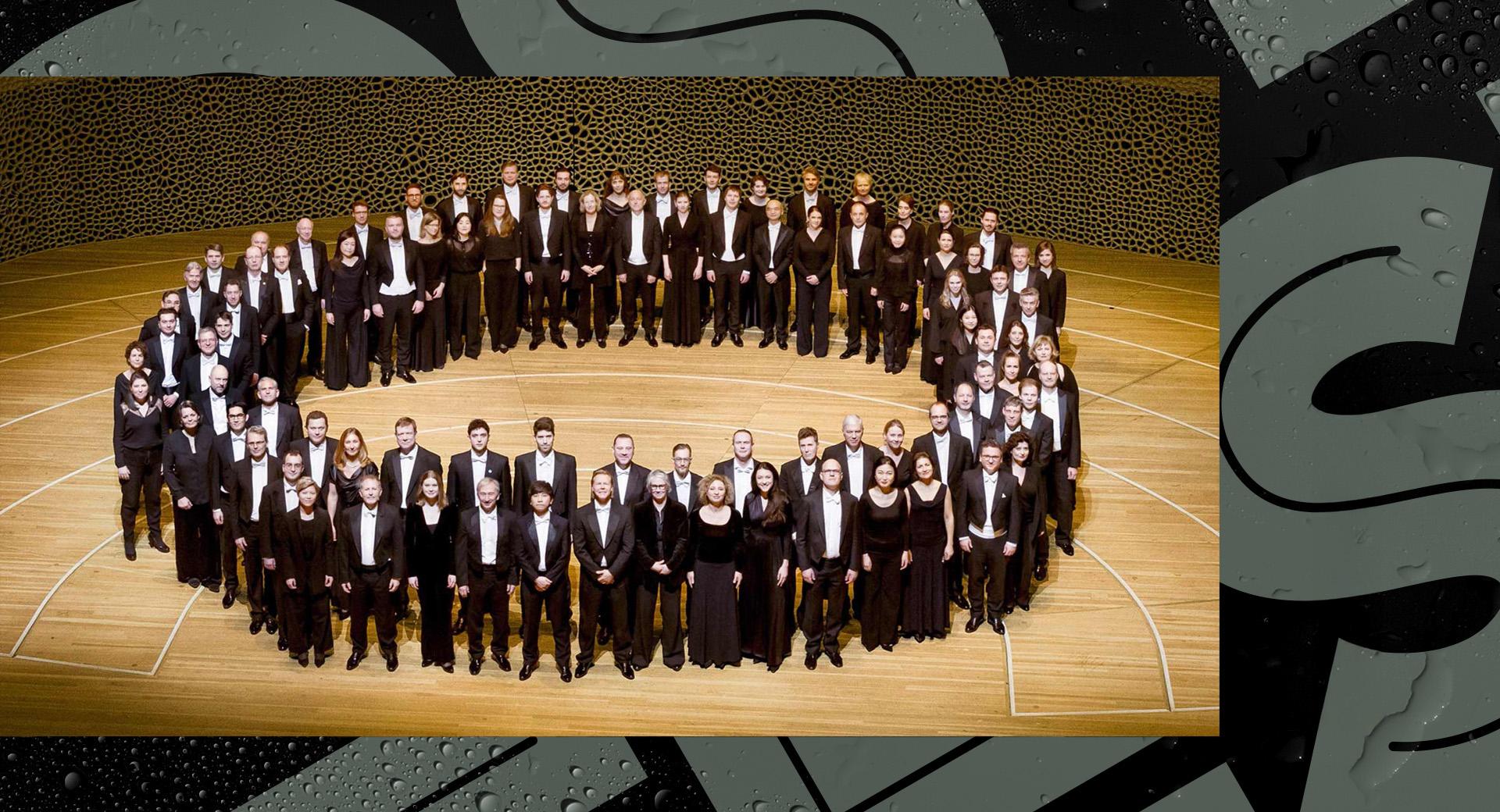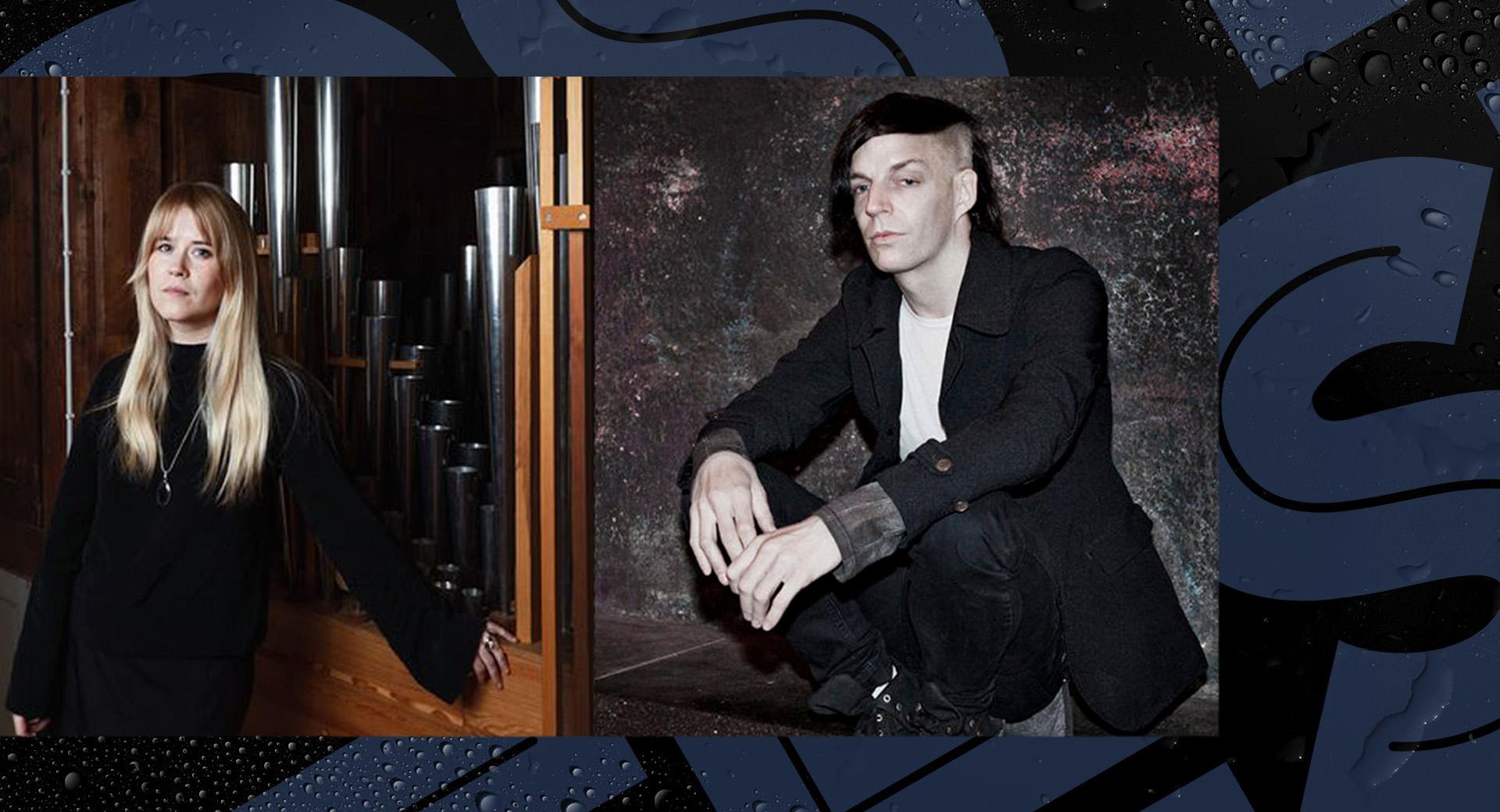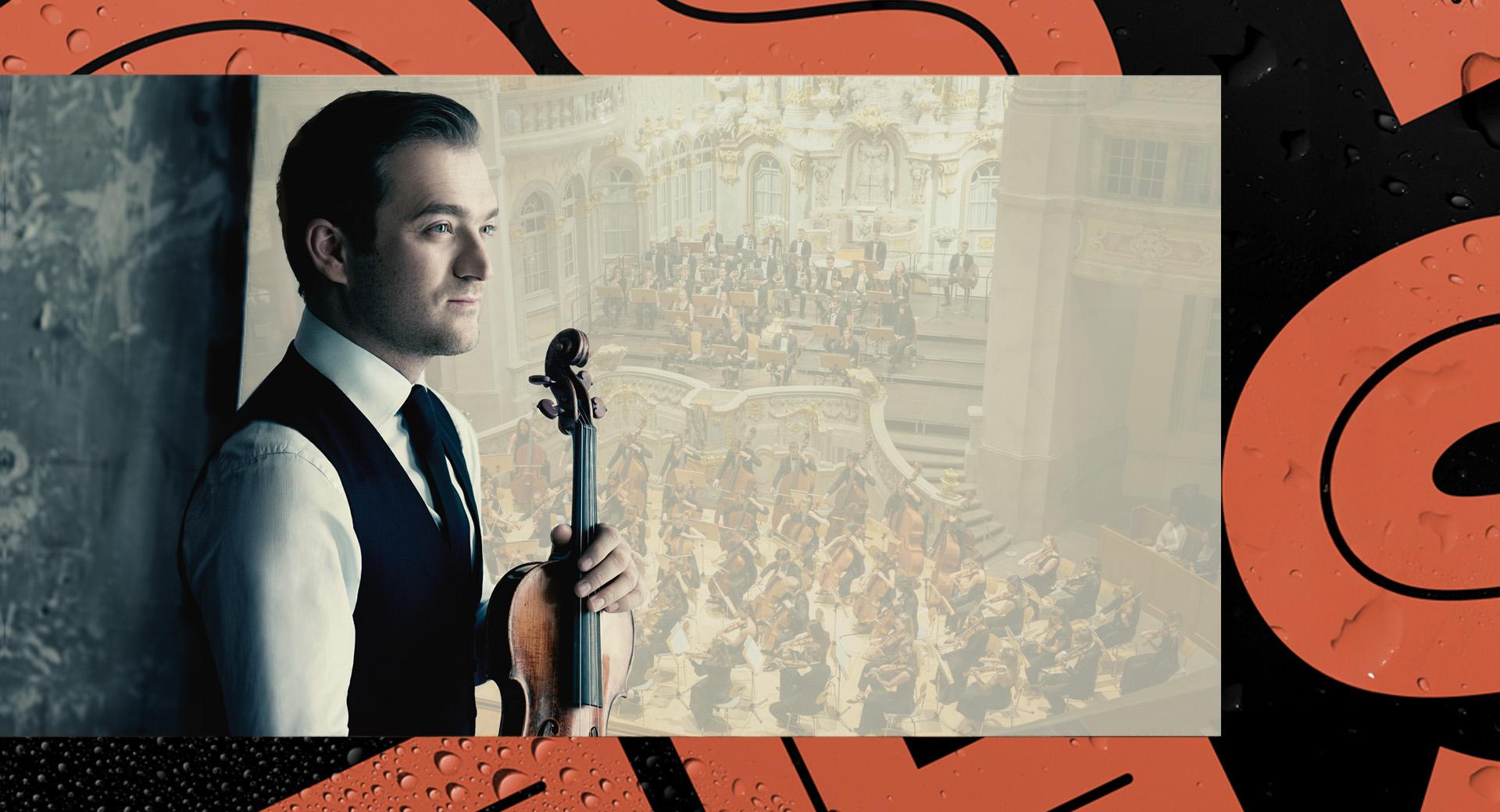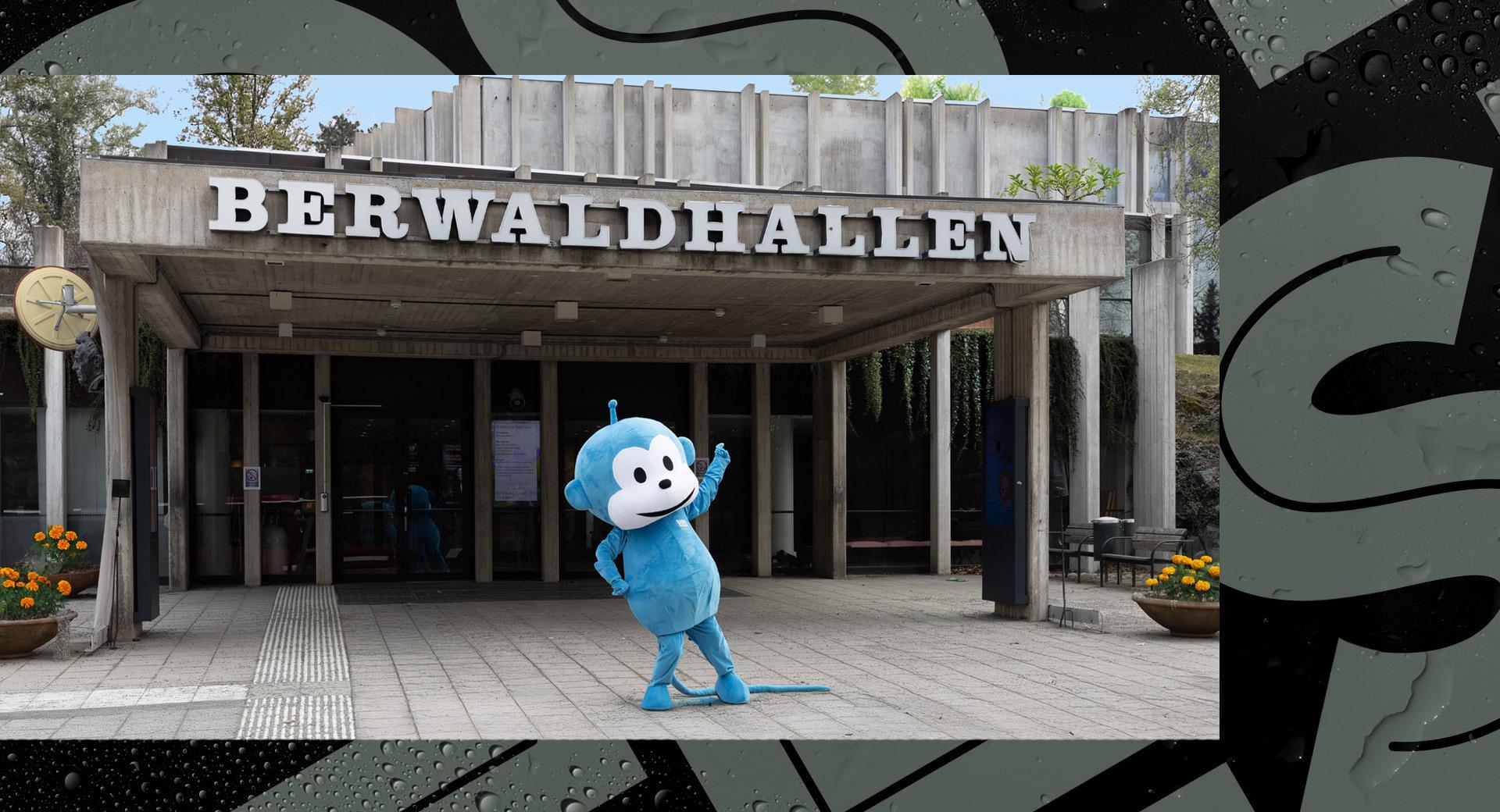Harding & Veronika Eberle
Schumann’s Violin Concerto, the only one he wrote, languished in obscurity for decades with a sullied reputation and it took almost 100 years after Schumann’s death until it was premièred. Today however, it is rightly considered one of Schumann’s most critical works and is the mainstay of many a soloist’s repertoire, among them Veronika Eberle who has performed it numerous times herself and has a heartfelt relationship to the piece. Anton Bruckner himself informally called his Symphony No. 5 the “Fantastic”. Others have called it the “Tragic”, as he wrote it during a difficult period in his life, but the piece is multi-layered and accommodates more than tragedy alone.
This production is part of one or more concert series.
Few pieces have suffered a more peculiar fate than Robert Schumann’s Violin Concerto in D Minor. After having been forgotten for more than 80 years, it was put forward by the Nazis as an “Aryan” alternative to Mendelssohn’s banned violin concerto, and was first performed by Georg Kulenkampf in Berlin on November 26, 1937. One month later, the concerto was performed in the United States by violinist Yehudi Menuhin, who felt that it was “the link between the violin concertos of Beethoven and Brahms”.
The concerto was Schumann’s final orchestral work and was composed in the autumn of 1853 for violinist Joseph Joachim, the musical prodigy whom he met when visiting Mendelssohn in 1843. In a letter to Schumann, he had complained of the lack of a sensible repertoire for violin. Despite a successful collaboration on Schumann’s Fantasy for Violin and Orchestra in C Major in September 1853, the work on the concerto went nowhere. The concerto was thought to show signs of Schumann’s growing mental illness and after his passing in 1856, Clara and Joachim refused to have it published and hid it away. Nowadays, the concerto has been incorporated into the standing repertoire and can be heard on numerous recordings, with conductors such as Daniel Harding. The fateful, punctuated main theme of the first movement segues into a dreamlike, slow second movement (the only one that Joachim had accepted), which in turn changes, without pause, into a joyous, dance-like finale with almost gallant polonaise rhythms.
With his majestic symphonies, Anton Bruckner is one of the true eccentrics of the Romantic Movement. When he arrived in Vienna in 1868, he became embroiled in the ongoing conflict between Wagner and Brahms, on the side of Wagner, even though his theories on art did not hold any interest to Bruckner whatsoever. But Wagner’s orchestral technique had made an impression on him early on, during his days as organist at Linz Cathedral. It was not until the first performance of his seventh symphony, in Leipzig in 1884, that Bruckner was celebrated as a genius, and more so in Germany and the Netherlands than in the rest of Europe. Today, he is considered one of the pioneers in symphonic music and he also paved the way for composers such as Gustav Mahler.
The rumour about Bruckner’s insecurity being the reason for the numerous rewritings of his symphonies is not correct. On the contrary, he was far more artistically dedicated than many imagine. In addition, each symphony was published in two different editions by the Bruckner Society, founded in 1929, which hardly lessened the confusion around the different versions. However, the massive Symphony No. 5 in B Major – composed in 1875–76, revised up until 1878 and first performed in 1894 – exists in only one version. This is the only Bruckner symphony that has a slow introduction. It returns in the contrapuntally intensified finale with its culminating brass chorale.
Text: Henry Larsson



